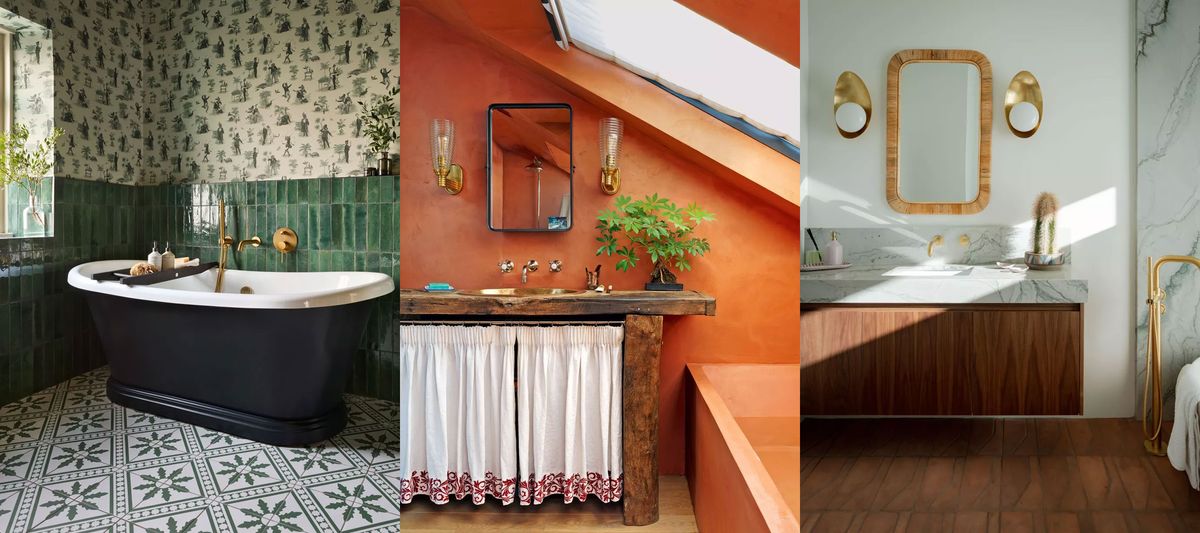Then any individual shrank the yard. Blame it on the appreciate of lawns, diminishing garden sizes, a desire for a more streamlined aesthetic or the pursuit of an unobstructed look at. Irrespective of the cause, there was a gradual crusade starting in the mid-20th century to downsize plant dimensions. The change was grounded in practicality. In phrases of freight economics, for case in point, suppliers can suit more substantial quantities of compact crops in every shipping and delivery van.
Now, the craze is inching back towards larger sized vegetation. Though transportation challenges continue being and some plant breeders still attempt for lesser types, shoppers are gravitating toward a beefier glimpse, and a far more casual, normal ambiance in their gardens. Much larger crops are great candidates to screen something very best left unseen, these as your neighbor’s drop or your rubbish cans. They serve as perennial foundation plantings, standing tall in summer time, but opening the watch outward in wintertime. In a modest landscape, it usually takes less crops of hefty proportions to make a statement, saving gardeners dollars. In a much larger context, small crops are apt to be swallowed up.
The craze toward indigenous crops and the the latest movement of changing lawns into gardens and mini-meadows are also feeding into bulkier gardens. Native species are likely to be far more voluminous than their introduced hybrid counterparts, and gardeners want plants that will make an impression.
Hans Hansen, director of new plant development at Walters Gardens, a wholesale perennial grower positioned in Zeeland, Mich., states that greater vegetation produce far more influence, specially from the push-by point of view. “Linear vegetation give the illusion of more substantial areas by drawing the eye upward, and lots of are a lot more enjoyable,” he says. And larger does not have to necessarily mean uncomfortable or unsightly quite a few “graceful” backyard favorites these as delphiniums, fennel, gaura and agastache are famed for their tall stature, he added.
Steve Castorani, president of North Creek Nurseries, a wholesale supplier of landscape plugs in southeastern Pennsylvania, has also recognized an amplified drive for a “taller, extra dynamic landscape,” specifically in naturalistic gardens or all those serving a certain function these as storm h2o administration or garden substitute.
For all those areas, natives this kind of as Culver’s root (Veronicastrum virginicum), giant coneflower (Rudbeckia maxima) and Joe Pye weed (Eutrochium purpureum) are fantastic. More substantial and much better cultivars of plants that have been downsized are also on the increase, these types of as a new garden phlox (Phlox paniculata Jeana) that stands 3 to 4 toes tall and draws pollinators. Bee balms (Monarda didyma) are stretching back up with the introduction of Judith’s Extravagant Fuchsia and Purple Rooster. There are also several significant new tickseeds (Coreopsis) obtainable, together with Gold Normal, Summer Sunshine and Gilded Lace.
The movement to construct much better decorative grasses to accompany these perennials has also gathered steam. North Creek launched Standing Ovation, a minimal bluestem that stands tall — 3 to 4 toes — as a result of all four seasons. Golden Sunset Yellow Prairie Grass (Sorghastrum nutans) tops out at 4 to 6 toes and retains its peak via the wintertime.
Merchants complain that vegetation of sufficient proportions might not “present well” in containers at the backyard garden centre, but Angela Palmer of Crops Nouveau in Cellular, Ala., has a solution. She was skilled as a landscape designer in advance of getting an agent for plant breeders and understands why gardeners are gravitating absent from plants formed like “meatballs.” She urges breeders to get the job done towards alternatives that will glow in containers at the yard centre, then increase to a more substantial stature when planted in the ground.
The Chicago Botanic Garden launched a fake indigo (Baptisia), for example, that embodies this method. In a container, Baptisia Solar Flare varieties a unfastened dome of blue-environmentally friendly foliage. In the floor, it sends up two-foot spires of glistening, burnished yellow blossoms earlier mentioned the dome. Similarly, the cardinal flower (Lobelia cardinalis) identified as Black Truffle has dim, chocolate-colored leaves very long in advance of 3.5-foot fireplace motor purple flower spikes acquire late in the season. Amsonia Blue Behemoth, a new cultivar of yet another mainstay indigenous, reaches a portly 4 feet tall and is dappled with plentiful clusters of little one blue spring blossoms. It looks like a shrub all through summertime, then in the autumn, it blushes shiny yellow right before likely dormant.
And gardeners aren’t just searching for top plump crops have also gained traction. Palmer mentioned a lungwort (Pulmonaria) recognized as Lisa Marie with mammoth 18-inch-very long speckled leaves in wide clumps topped by an abundance of bouquets.
All of these striking plants give landscape designers lots of choices for developing drama on a grand scale. Nick Fobes, of the Chicago-based landscape architectural agency Hoerr Schaudt, likes to use huge plant groupings that are obvious from a length. He levels textures and forms, pairing plants with bodacious, enormous leaves with statement shrubs. Bigger could not be everyone’s choice, or it could possibly not do the job for your obtainable space. But if you want to make a daring statement, it is excellent to know that the ingredients are yet again in just easy attain.
Tovah Martin is a gardener and freelance author in Connecticut. Find her on the net at tovahmartin.com.
